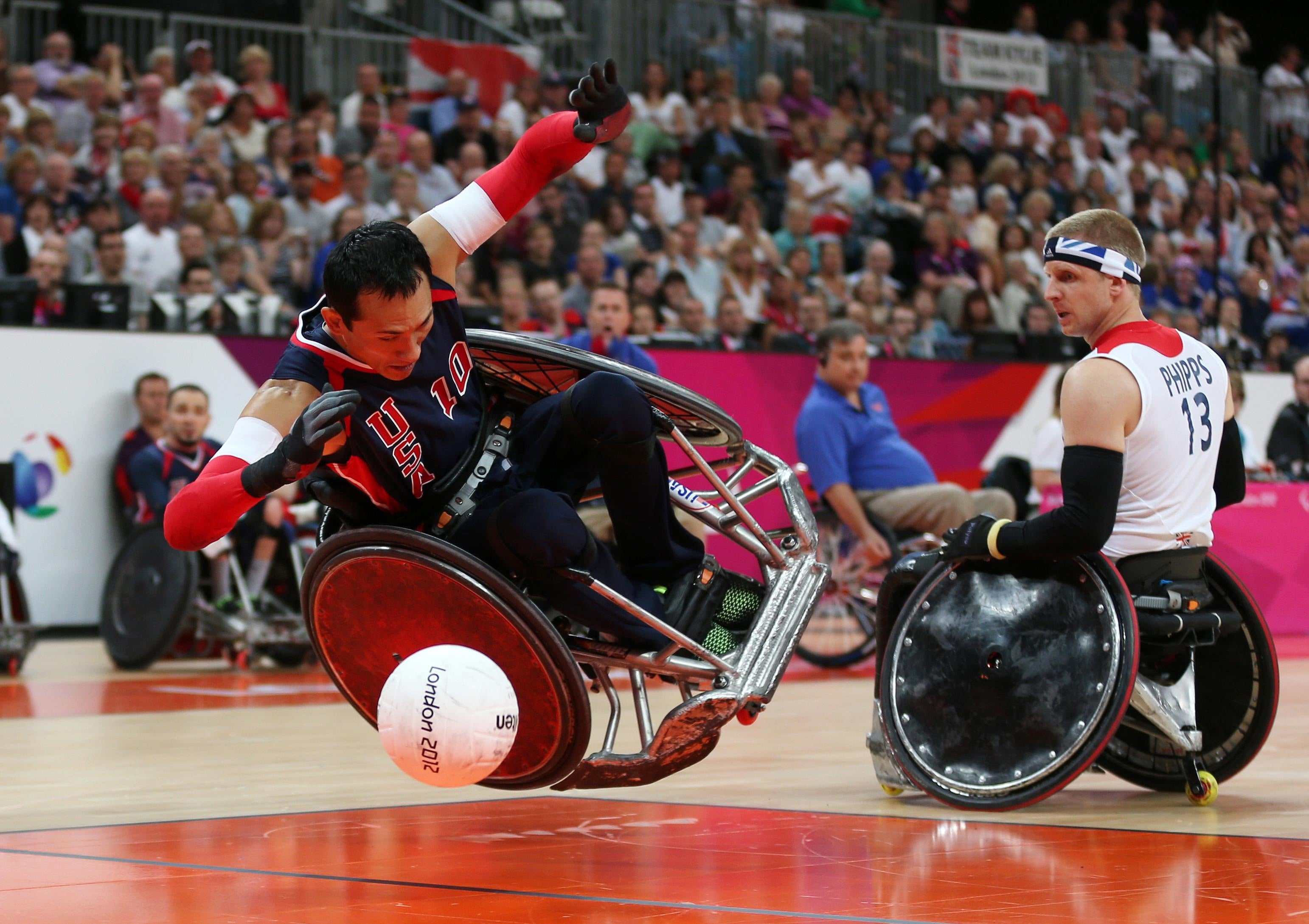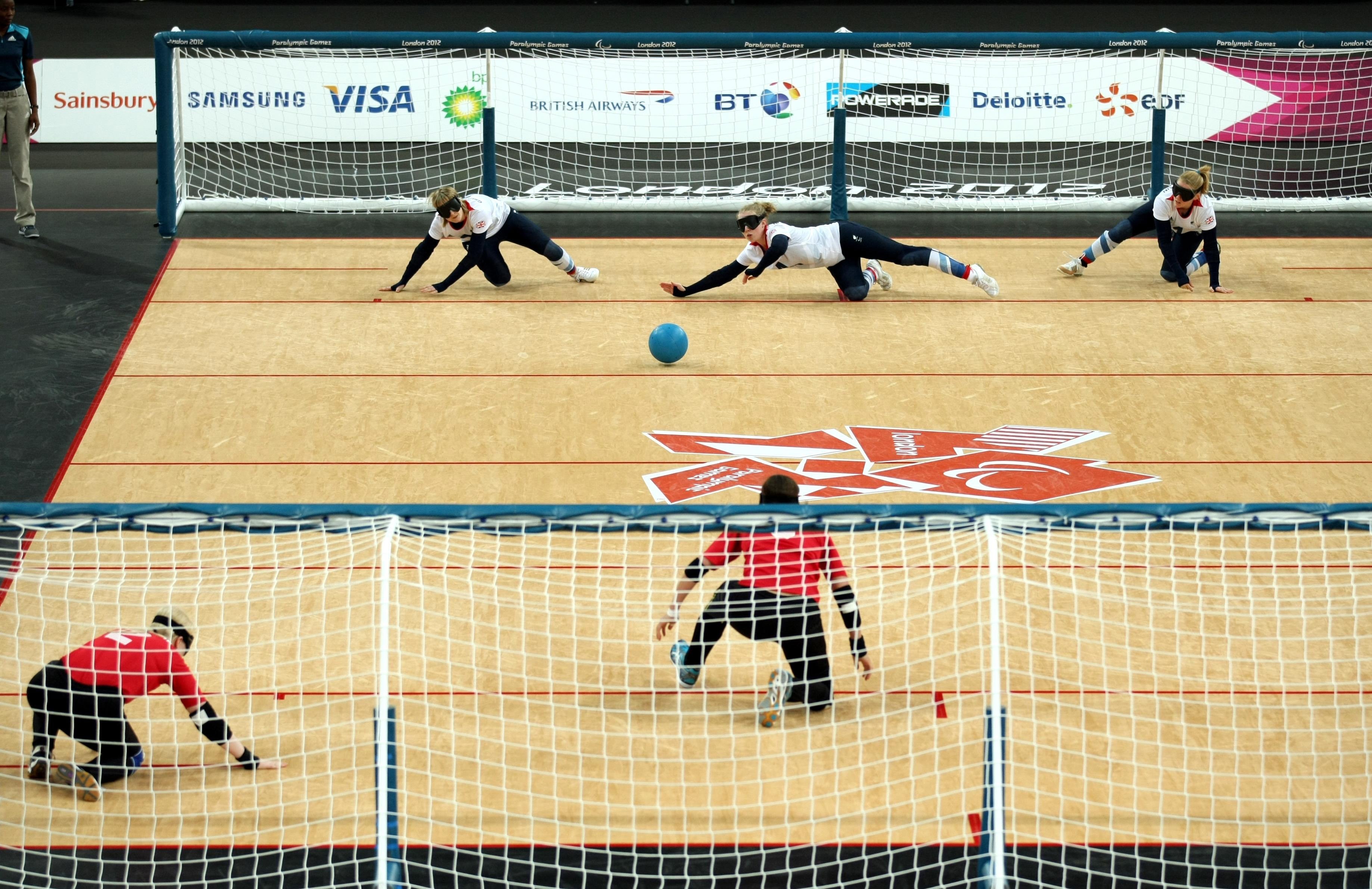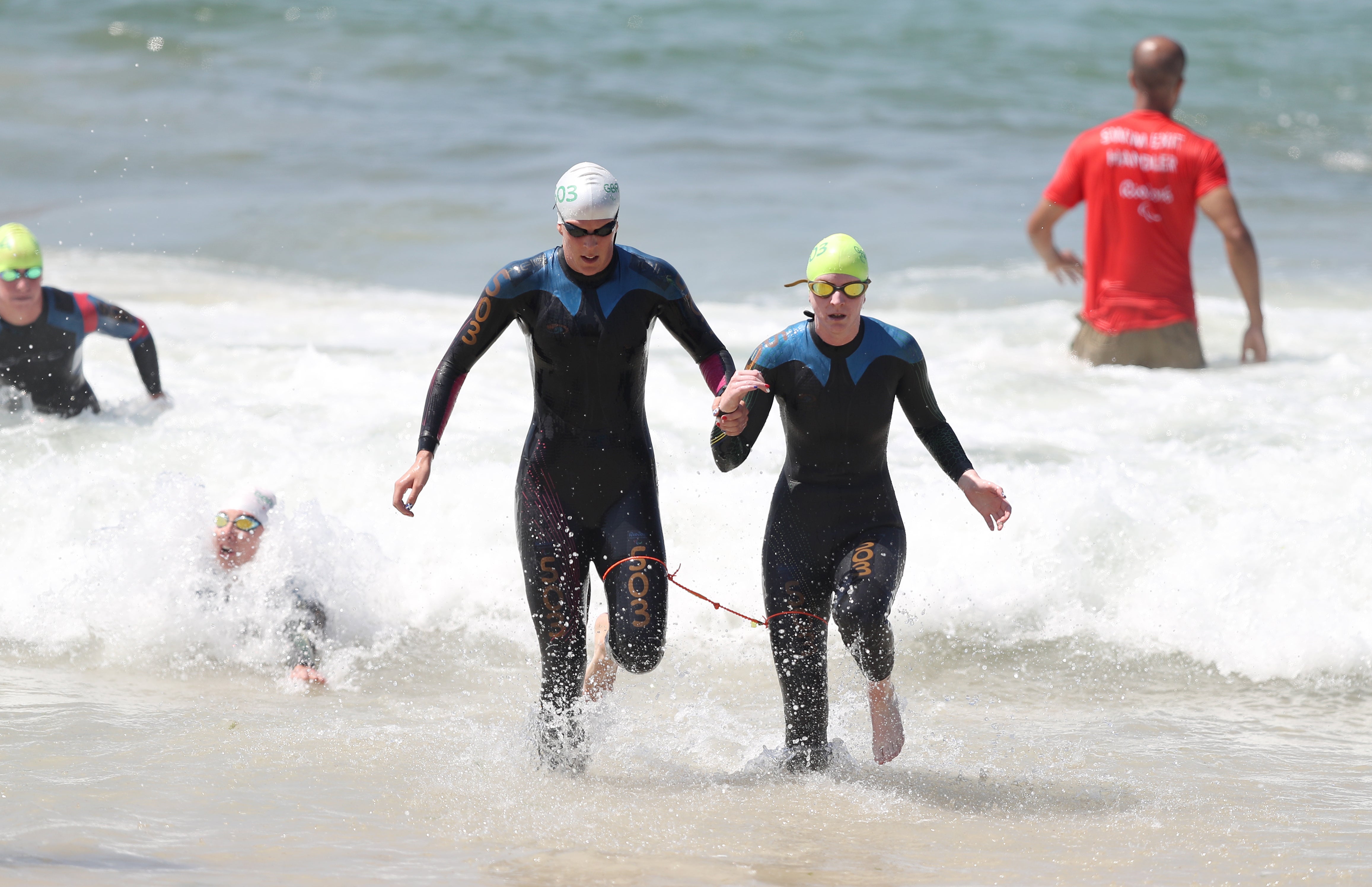Tokyo Paralympics: 5 brilliant sports to get into this year
Wheelchair rugby was originally called ‘murderball’ – it doesn’t get much more exciting than that.

If there’s been a sport-shaped hole in your life since the Tokyo Olympics wrapped up, you’re in luck: the Paralympic Games are about to kick off.
Running from August 24 to September 5, extraordinary feats of athleticism will be played out among 537 events in 22 sports.
If you’re a newbie to the Paralympics, these are some of the most captivating sports to keep an eye on in Tokyo…
1. Goalball

Along with boccia, goalball is one of the two Paralympic sports without an Olympic equivalent. Designed for athletes with visual impairments, the game has two teams of three players on the court. Using a rubber ball with a bell inside – so it can be heard whenever it moves – players try to roll it into their opponent’s goal.
It’s a fast-paced game – once a ball is thrown and someone on the other team touches it, they only have 10 seconds to throw it back – but ultimately easy to follow: whoever gets the most goals, wins.
2. Wheelchair rugby
Wheelchair rugby was invented in 1977 as an alternative to wheelchair basketball, giving players with reduced arm and hand function more of a look-in. This high-octane sport is all about contact, with wheelchairs smashing against each other as players try to block and weave through their opponents.
The sport was originally called ‘murderball’ – that really gives you a taste of how intense it is. Each team is made up of four players, all trying to get the ball over their opponent’s try line.
Wheelchair rugby isn’t separated into men’s and women’s events: instead, it’s played as a thrilling mixed-gender sport.
3. Boccia
The other Paralympics-specific sport, boccia (pronounced ‘bot-cha’) is similar to boules or bocce. Played indoors, the aim of the game is to throw or propel your balls to be the closest to the ‘jack’ ball – the white ball thrown first.
It’s played by athletes with neurological impairments affecting their motor function, and is a game of strategy as well as precision. Players want to have the most balls closest to the jack, and can knock their opponent’s balls out of the way during their throws.
4. Badminton
Badminton will be well worth a watch this year, as it’s making its Paralympic debut. There will be six groups of athletes – two wheelchair classes and four standing – all battling for gold in their class.
It’s a particularly fun sport to watch because it combines strength and speed with strategy and tactics, and the badminton will no doubt be one of the highlights of this year’s Games.
5. Triathlon

The triathlon really gives you sporting bang for your buck: why pick just one out of swimming, cycling and running, when you can do all three? Triathlon is still a relatively new sport for the Paralympics, having made its debut in Rio 2016.
It’s a fast-paced race, as the distances swum, cycled and run are half the length of the Olympic distance, encouraging all-out sprints. As with many Paralympic sports, it’s split into different classes where athletes are grouped depending on their impairments.
Bookmark popover
Removed from bookmarks